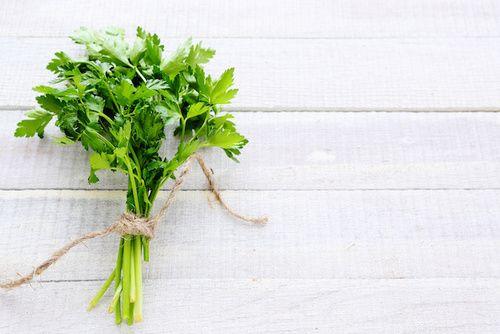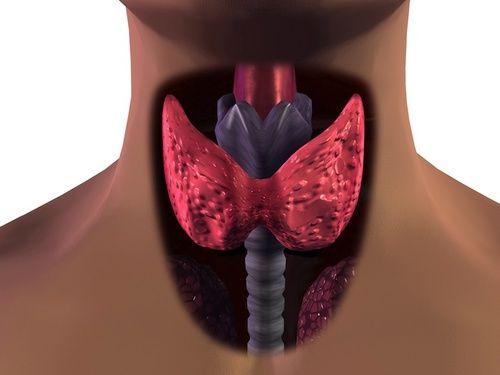Il parsley it is a spice rich in vitamins and minerals, which protects bones and hair and has a diuretic action e pressure regulator. Let's find out better.
> Properties and benefits of parsley
> Calories and nutritional values of parsley

Description of the plant
Il parsley (Petroselinum sativum) is a biennial herbaceous plant belonging to the Apiaceae family, with robust root, yellowish and fleshy white taproot.
Le leaves they are long petiolate, arranged in a rosette, dark green, completely hairless and have a jagged triangular outline, they can be bipennatosette or tripennatosette.
The inflorescence is an umbrella made up of about fifty babies fiori five-petalled white, sometimes greenish-yellow, which produce small semi oval, flattened, gray-brown in color.
Properties and benefits of parsley
In cooking and in daily nutrition, parsley should be used preferably crude in order to preserve all the properties of its leaves. In fact, it is an aromatic herb with countless therapeutic and healing properties, given its high content of Vitamins e mineral salts, which however deteriorate with the heat of cooking. One tablespoon of chopped parsley leaves contains the same amount of Vitamin C of a small orange (equal to two thirds of the daily requirement).
Vitamin C strengthens the immune system, strengthens the circulatory system and thins the blood. In addition, parsley is also an excellent source of betacarotene byantioxidant action for the skin; of calcium essential for bone remineralization, it helps keep hair and nails in good health. The roots are rich in potassium, which gives the plant diuretic properties e pressure regulators. It should be used with caution by pregnant women as it could favor a possible abortion, for the relaxing action on smooth muscles
For external use, the poultice of the leaves is used to relieve bruises, bruises, toothache and insect bites. Chewing it refreshes the breath in case of bad breath, improves the skin in general giving it elasticity and tone. If applied to the breast, it causes the production of milk to regress, and therefore its application is recommended in case of mastitis.
Calories and nutritional values of parsley
100 g parsley contains 292 kcal, e:
- 26,63 g protein
- G carbohydrates 50,64
- Sugars 7,27 g
- 5,48 g fat
- Dietary fiber 26,7 g
- Sodium 452 mg
The virtues of parsley against hypothyroidism

Use in the kitchen
Parsley in cooking is one of the most used aromatic herbs. It should always be added at the end of cooking so as not to compromise the essential oil that gives it aroma and flavor. It goes well with many foods of the Mediterranean diet, especially when used in dips to season grilled meat and marinades.
It is indispensable in all fish dishes and vegetable preserves. Parsley is found in many Middle Eastern dishes such as Tabulate o tabbouleh, a sort of cold salad typical of Lebanon, Syria and Jordan, based on bulgur or cous cous, of which it is the main ingredient.
Curiosities about parsley
Due to its peculiarity of being used practically everywhere, parsley was the starting point for the famous saying: "to be everywhere like parsley".
Oshawa, the father of macrobiotics says that "a bowl of chopped raw parsley should never be missing on our table!".
It seems that it was already known in ancient times and that i Greek they used it not as an aroma, but as a decoration for graves, flower beds and mainly for its therapeutic powers, kidney, bladder and toothache disorders.
I Romans, on the other hand, they essentially employed it in kitchen and to make garlands for banquet guests. The neighbors of the Romans, the Etruschi, considered parsley a plant from magical properties and for this they made miraculous ointments.


























